Lacan-ha Lacandon jungle and its inhabitants
I was lucky enough to have an opportunity to visit the Lacan-ha Lacandon jungle and its inhabitants in Mexico. I was not familiar with the place called the ”Lacandon jungle” until I was offered a 3 day trip there back in May 2011. And it was one of the best experiences I had in Mexico.
Lacandon jungle is the biggest montane rainforest not only in Mexico but also in the whole North America.
Lacandon rainforest stretches from the Mexican state of Chiapas to the Yucatan peninsula and Northern Guatemala. It is home of lots of different species, such as trees, then jaguars, butterflies, birds and howler monkeys. I’m both happy and upset about not having a chance to meet a jaguar there. However, I did see many lovely butterflies, played with howler monkeys and got energy from 1,500 tree species.
Apart from visiting the three most famous places of Lacandon jungle – the Mayan archeological sites of Palenque, Bonampak and Yaxchilan, I could also learn a lot about the Lacandon inhabitants, their life and habits. How do they live without modern technology?
Lacandon jungle
Lacandon jungle is still mostly inhabited by Lacandon Maya, descendants of the ancient Maya people, who speak their own version of Mayan language.
Lacandon Mayan language is one of 29 Mayan varieties spoken in Mexico. Different Mayan languages are spoken in Guatemala, Belize and Honduras. More than 6 million indigenous Maya people currently use various Mayan languages.
All the other people living in Lacandon jungle now, including other indigenous and non-indigenous population, migrated to the jungle in the 20th and 21st centuries.
Lacandon Maya inhabitants
I had a two-day intense experience with the Lacandon Maya in one of their communities LACAN-HA, called as well LACANJA CHANSAYAB.
Lacandon Maya refer to themselves as HACH WINIK = TRUE PEOPLE.
Lacandon Maya have been living in the Lacandon jungle for hundreds of years. Since the Spanish conquest of Yucatan, the Lacandons lived out of contact with the rest of the world until the mid-20th century when the Bloms couple with the Lacandon activist Chan Kin convinced the Lacandons to develope their culture and ecotourism. Nowaydays, there are around dozen villages of altogether 600 – 1,000 Lacandons.
I did not expect anything modern before I went there. I was staying over in a cabaña like the one on the photo above and was really surprised about what I saw when I entered. Absolutely beautiful new room, three beds just for myself and the bathroom! All made of natural wood and stone. Taking a shower and listening to the noise of the jungle around me was giving me goosebumps. Unforgettable experience! And it was just the beginning.
I was taken care by the whole Lacandon family. It was a proper service. To be honest, I was really scared of what we were going to eat in the jungle for two days. Big ants? Or hunting in the morning to get some food for the day?
Thankfully that was not the case… The family cooked for me. I had traditional Mexican breakfast with extra fruit. We could even enjoy chips/french fries when relaxing in a hammock.
Everything was cooked by young girls of 12 to 15 years. This is the way it works in Lacandon families. The girls have to learn to cook as soon as possible, because they usually get married at that age. And not just that, they alreadyhave children at the same age, too!
I honestly couldn’t imagine having a baby when I was 22, so even less when I was 12 like them! But life in the jungle is hard.
The girl serving us was 14 years old and she was not the member of the same family. She left her family in other community, left school and came here to work. She was the only girl I met there not married yet at her age. I repeat, she was only 14! We spoke about it and she said she didn’t want to get married yet. First, she had to learn to cook to be a good wife. Then, maybe a year later, she could marry.
My host family was a typical example of how Lacandon families live. The mother was very cute, always with a big smile on her face. However, she looked much older than her age. Rough life, I guess.
We had long discussions with the mother of the family. She got married when she was 12. By her 46 years now, she was already grand grandma with the oldest grand grandchild of 6. I rolled my eyes after hearing that. She was younger than my mom while my mom was not even a grandmother yet!
All the women have to do a lot of manual work to survive. They work at la milpa – in the fields, take care of animals, work around the house and make artesanías to sell (handicrafts, mostly beaded art, natural jewelry, wood carvings, pottery, drums).
Most of the Lacandon men are tour guides. They take tourists and show them around the ruins and jungle (or walking or in the kayaks). Men also help women with the handicrafts or agricultural work. And they keep long hair. It is not a rule or a must any more, nowadays they have the right to decide. But most Lacandon men still prefer not to cut their hair short. It makes it difficult to differentiate small children then. Some boys with long hair have such a cute face they look like girls. The 6-year old grand grandchild I met was one of them. At first I thought it was a girl but boy, was I wrong!
While the Lacandon women wear usually modern skirts and T-shirts now, the big majority of Lacandon Maya men still use white undyed tunic called xikul.
Children go to school inside their community to learn Spanish. There’s just one mixed class for all the primary school children, then one for the secondary school if there are some who still want to go to school. Children do speak really good Spanish. Even the adults had to learn Spanish with more and more tourists coming to visit now. But Lacandon men speak better Spanish than women due to spending more time with tourists when working as tour guides.
One of the unexpected things a visitor can find in the Lacandon jungle is that most of the Lacandon families turned Presbyterians. There was no mobile phone signal back in 2011, but it was possible to find a telephone box to call. The father of my host family was in charge of the telephone box in Lacan-ha community.
There was even internet connection in a tiny shop close-by.
And my host family had a very small TV in the kitchen, all day covered with a tablecloth. The TV was used only in the evenings by the girls, once they’d done everything necessary on that day. They could watch telenovelas to improve their Spanish and learn more about the life outside of the jungle.
Lacandon jungle inhabitants are very interesting people.
They taught me something simple that most of us Westerners never realize – we do not have to own a lot to be happy.
Their attitude to life, like of many other Mexicans I met, is the total opposite of ours. You know what I mean… Europeans are always complaining. On the contrary, Lacandon Maya inhabitants are calm and happy even when leading a simple life without many material posessions.
My trip to Lacan-ha Lacandon jungle was a press trip done by NICHIM TOURS. Check out their second website Chiapas tours y expediciones to experience the jungle and the ruins in Chiapas. However, all the opinions in the post are honest and just mine.
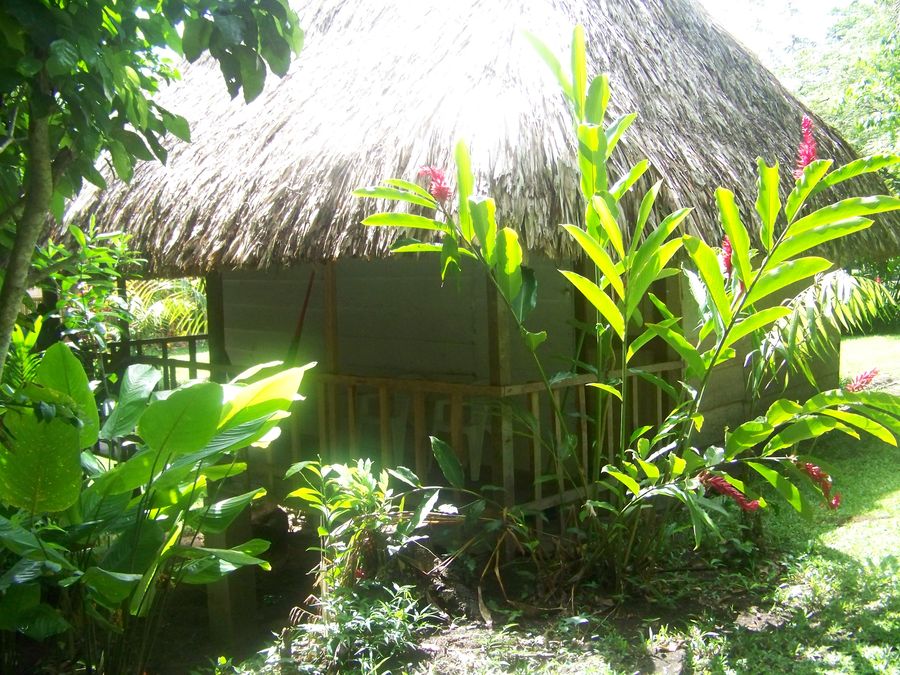


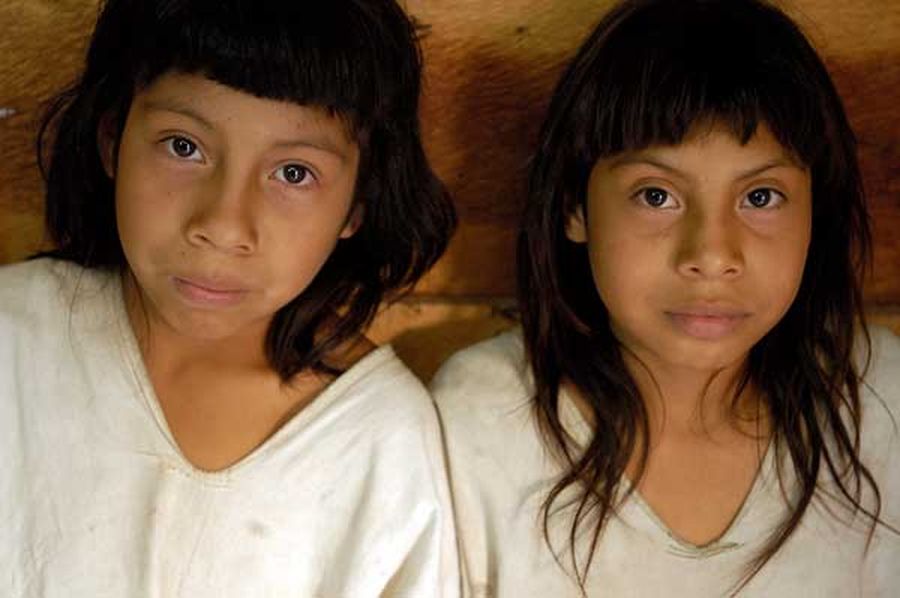
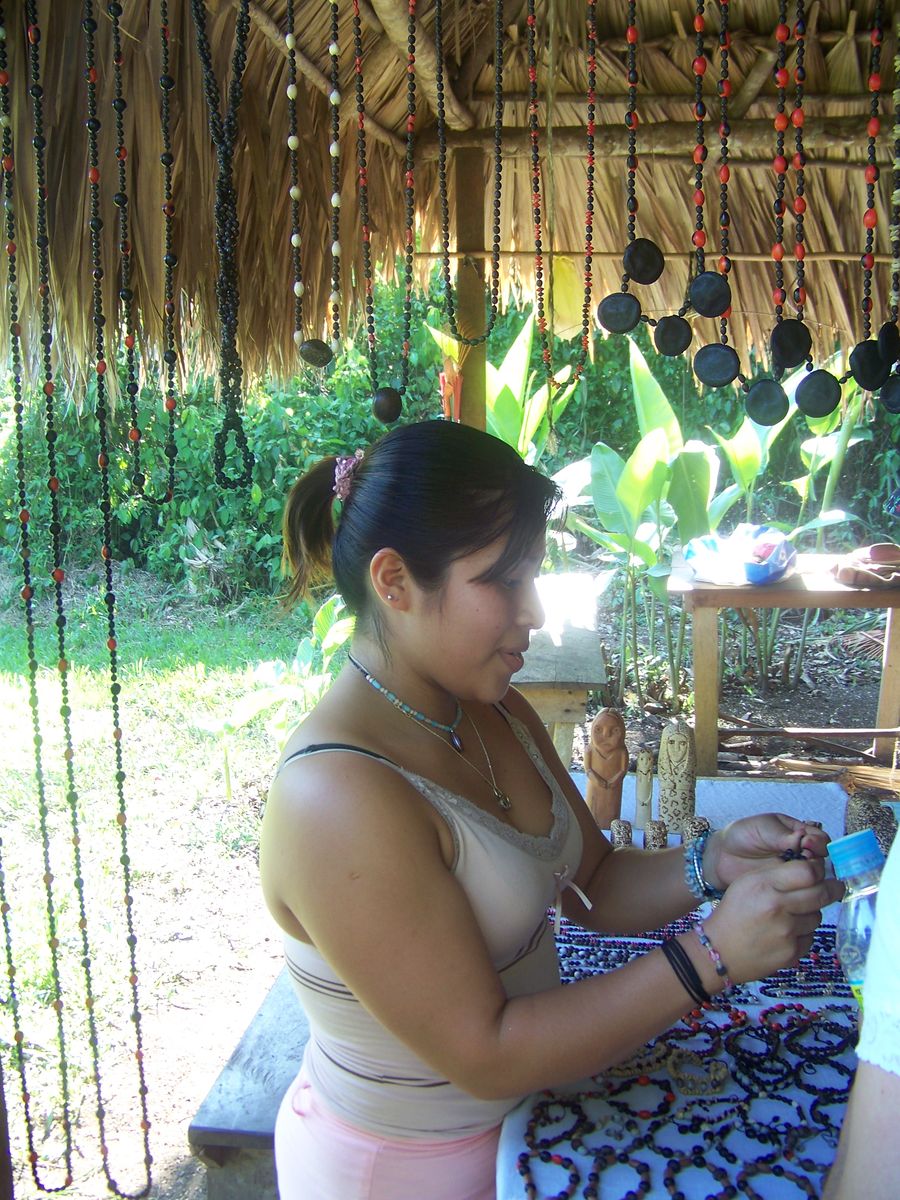
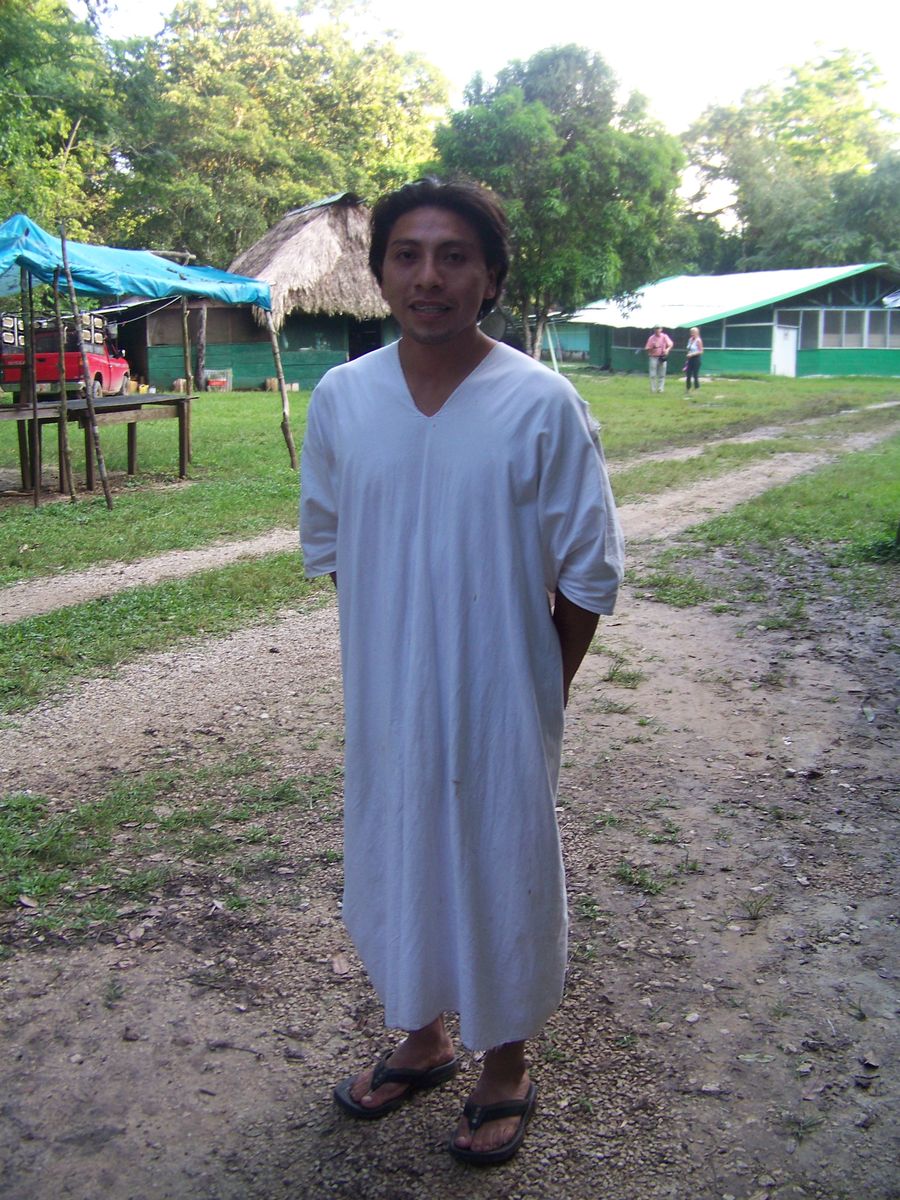
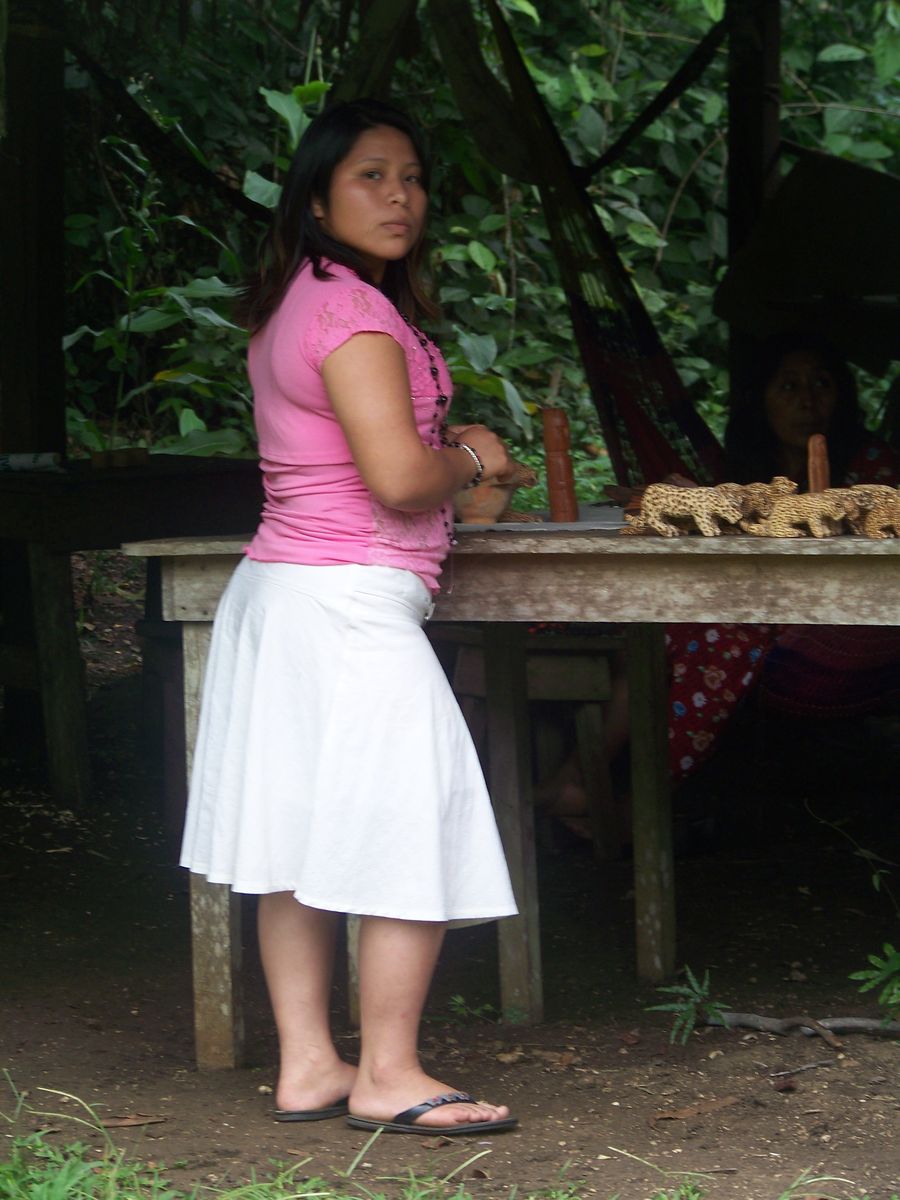
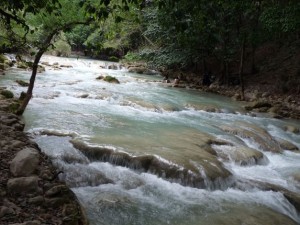
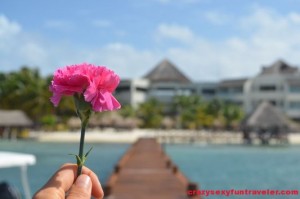
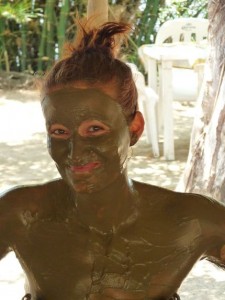


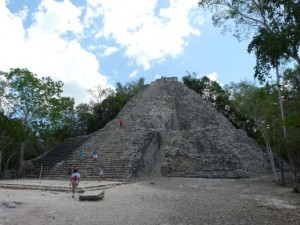




crazy sexy fun traveler
| #
Comment@ Micamyx|Senyorita:
It is still so scary for me and I’m almost 3 years older :D
Micamyx|Senyorita
| #
Oh my. For some reason, this post reminded me of the youngest mother alive at age 5!
Anyway, i couldn’t imagine myself getting married at 12-15. I am now 24 and the word marriage still scares me. 0_0
crazy sexy fun traveler
| #
Haha tell me about it! I had my first bf at 13 but we were just going inline skating and listening to Kelly Family :D
Chris
| #
What an interesting experience that must have been. Married with kids at 12 or 13? Jeez – I still thought certain parts of being with a woman sounded entirely gross at that stage in my life :-p